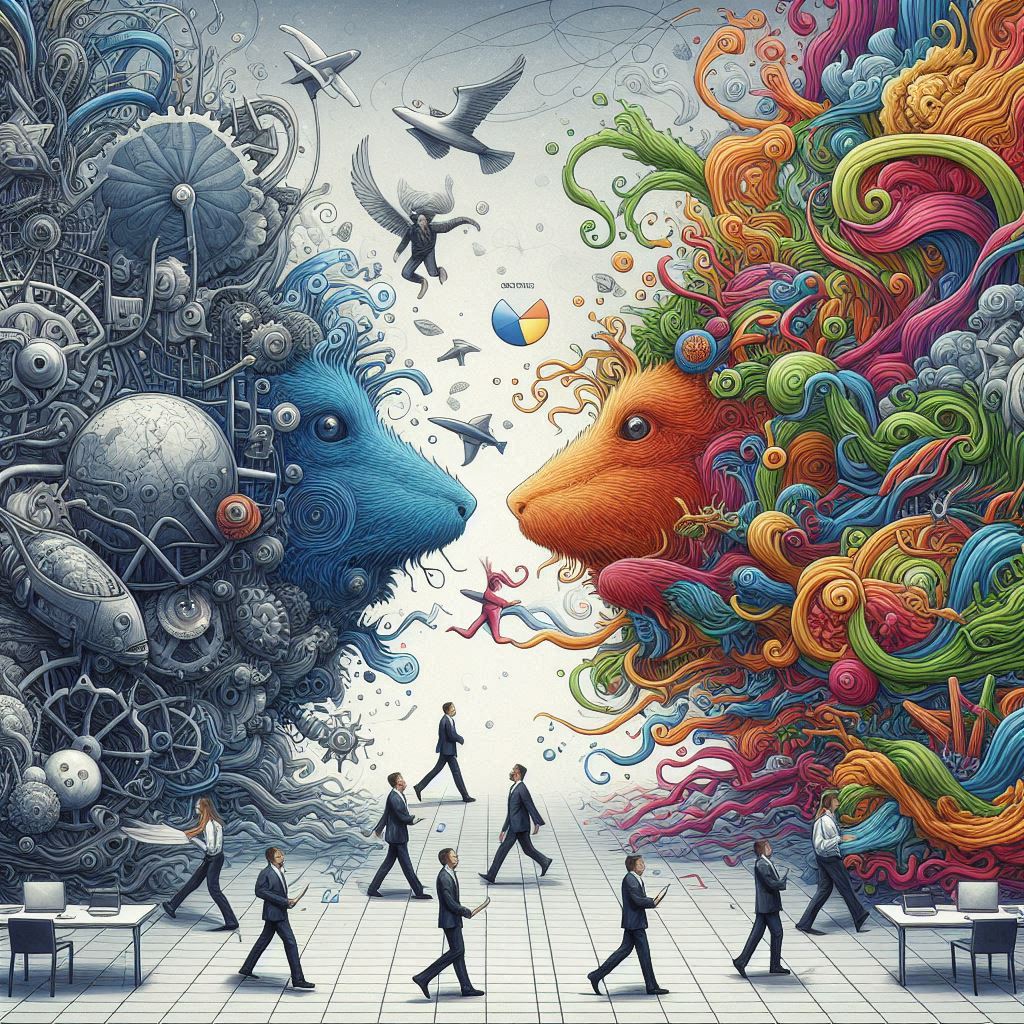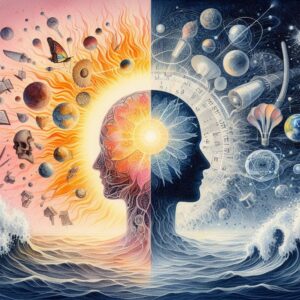Complication is distraction.
Complexity is depth.
Yoga philosophy and practices intend to unite mind, body, and spirit. Bringing together these three aspects of our being increases the complexity of our experience. As an example, yogic philosophy teaches that human beings are made up of five sheaths (koshas) —
1. Physical sheath (Annamaya Kosha) contains our skin, tissue, muscles, and bones.
2. Energy sheath (Pranamaya Kosha) consists of our breathing, digestion, and circulatory systems — organs, breath, lifeforce, chakras, and nadis.
3. Mental-emotional sheath (Manomaya Kosha) contains our cognitive processes — feeling, thinking, emoting, remembering, and imagining.
4. Intuitive or Wisdom sheath (Vijnanamaya Kosha) reveals to us what is right, what is real, and unites us with the divine.
5. Bliss or Joy sheath (Anandamaya Kosha) is closest to our soul or spirit, thereby allowing us to feel our natural state of love, joy, contentment, and our interconnectedness with all things.
In the early years of asana practice, the focus is on the physical sheath, the Annamaya Kosha. I feel safe saying that most people have little to no awareness of their body, which means they are unaware of its natural intelligence, healing, and transformational abilities. Learning about and integrating the other four states of being adds complexity or depth to one’s understanding of who s/he is in any given moment. Studying the yamas and niyamas as well as practicing asana, pranayama, and pratyahara serve to deepen our awareness and understanding of self and life.
Complication enters our experience when we allow negative mental and emotional reactions to distract us from and disturb our naturally calm state of mind. If we manage our mental-emotional responses so that clear-seeing and calm-abiding prevail, our decisions and life experiences resonate with simplicity. In a world where distraction prevails, where “little shiny bits” pop up constantly in competition for our attention, how do we stay focused on what is right and real? How do we recognize the mental distractions that present obstacles to our experience of peace, love, and joy? The good news is that Patanjali has identified nine obstacles to watch out for. In Yoga Sutra 1.30, he states that these nine obstacles only become distractions if we allow them to stir up our consciousness by reacting negatively. The more we stay present to the emergence of these obstacles, the more we respond calmly and clearly from our still centre. As you review the nine distractions below, ask yourself this: “Which obstacles are my persistent reactionary patterns?” Although these distractions often operate at the unconscious level, I suspect at least one or two will rise to the surface of your awareness.
1. Physical illness (disease)
2. Mental illness (Apathy, boredom)
3. Doubt (of self, journey)
4. Carelessness (inattention)
5. Laziness (sloth)
6. Sensual indulgence (cravings, addictions)
7. Delusion (imaginative narrative, fantasy)
8. Lack of progress (failure to reach firm ground, scattered mind)
9. Instability (slippage or failure to maintain firm ground, loss of tranquility)
Think how less complicated your life would be if you could eliminate even one or two of these distractions. In Yoga Sutra 1.29, Patanjali provides a simple solution to dissolve these nine obstacles — chant OM. By humming OM, silently or aloud, we create an internal vibration that echoes the hum of the Universe. This hum can also be heard in deep meditation, when external sound is transcended and internal chatter stilled. Thus, when you rest your awareness in the silence and stillness between breaths, you can hear the humming of the universe. Similarly, when you OM aloud in a group, you can hear the hum of harmony within that community. Expressing and/or listening for that soothing sound vibration protects and heals the mind, body, and spirit.
Complexity adds depth and integration, enriching our life journey, while complication diverts us from knowing our true self.
For more yoga actions and teachings, click here. Namaste.





